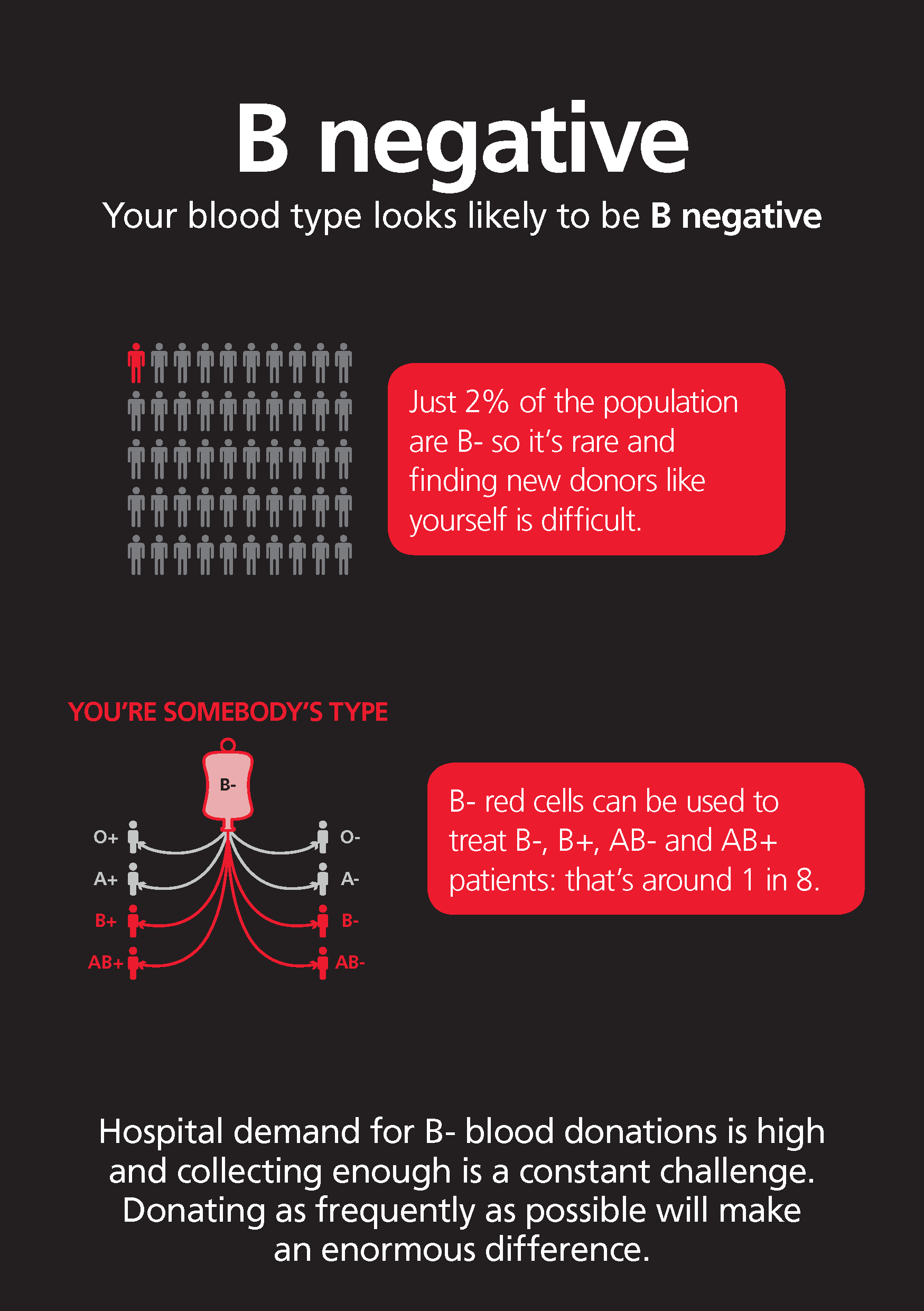
Can haemolytic disease of the newborn be treated? Your future pregnancies will be monitored more closely than usual, as will the baby after birth. If you have already developed anti-D antibodies in a previous pregnancy you won’t need another injection in your next pregnancy. The anti-D injection is safe for both you and your baby. You can have the injection after your baby is born and tests show your baby is RhD positive, but doctors recommend that if you are RhD negative, you have it while you’re pregnant. It may also be given at other times if there is concern about a sensitising event.Ĭurrently, the only way to find out if a baby is RhD positive is after they are born and the umbilical blood can be tested. You will be offered an injection at 28 and 34 weeks of pregnancy if your blood is rhesus negative. You will be offered blood tests as part of your antenatal screening, so you will be told if your blood is RhD negative or positive. It can usually be prevented with injections of a medicine called 'anti-D immunoglobulin'. Can haemolytic disease of the newborn be prevented? This may lead to a condition called 'rhesus disease', or 'haemolytic disease of the newborn', causing anaemia, jaundice and brain damage in the baby. These antibodies can cross the placenta and destroy your baby’s red blood cells. However, if you have another pregnancy with a rhesus positive baby, your immune response will be greater and you may make many more antibodies. if your baby is in a breech position and you have an external cephalic version (where doctors turn the baby around inside the womb)Ī sensitising event usually doesn’t affect your first pregnancy.after an injury or accident to your abdomen.during some tests you may have during your pregnancy (such as chorionic villus sampling (CVS) or amniocentesis).This may cause your body to make antibodies against the rhesus positive cells (known as ‘anti-D antibodies’). Problems can occur if a small amount of your baby’s blood enters your bloodstream during pregnancy or birth. This can happen if the baby’s biological father is RhD positive. Being RhD negative isn’t usually a problem unless you are pregnant and your baby happens to be RhD positive. What is haemolytic disease of the newborn?Īround 17 in every 100 people in Australia have a negative blood type. This shows your 'Rhesus factor' (RhD), which states if you have a protein known as 'D antigen' on the surface of your red blood cells. (For example, your blood type can be A positive or A negative). These blood types are further identified as being either positive or negative. You inherit your blood group from your parents.


Related information on Australian websitesĮverybody has one of 4 blood types (A, B, AB or O).Can haemolytic disease of the newborn be treated?.Can haemolytic disease of the newborn be prevented?.What is haemolytic disease of the newborn?.If you are pregnant and have RhD negative blood, you will be offered anti-D immunoglobulin to avoid problems associated with this type of blood type mismatch.If your blood type is RhD negative and a small amount of your RhD positive baby’s blood enters your blood stream during pregnancy or birth, it can cause an immune response called haemolytic disease of the newborn.




 0 kommentar(er)
0 kommentar(er)
